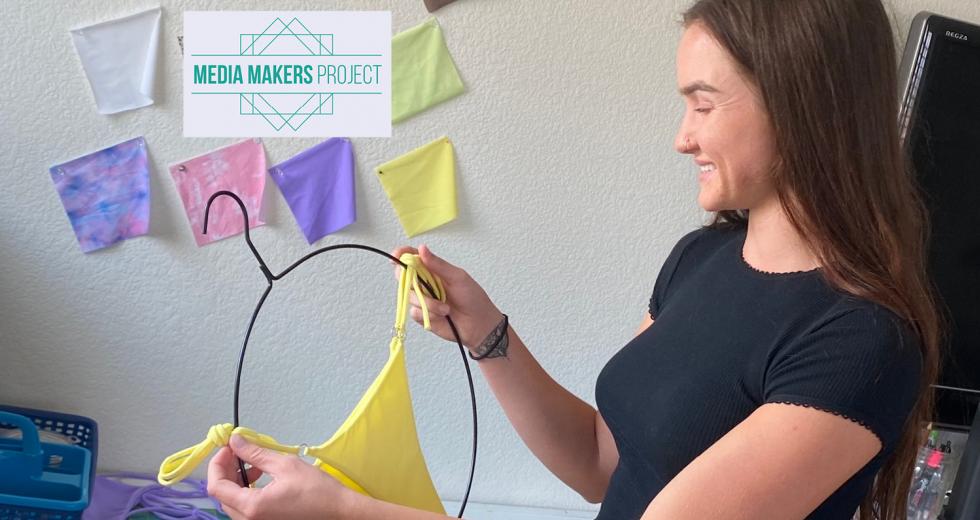Bikini tops made from inflatable vinyl chairs and chain harnesses made with floppy disks aren’t items that department stores typically sell, but that doesn’t mean they can’t be fashionable. Rainey Schneider created these pieces for her clothing and accessories line, Based Brat, which is made from almost all reused materials. “If you can still do something with something, especially if you can make it artistic and cool looking, don’t throw it away,” she says.
For Schneider, reusing materials is a way of life. She grew up shopping for clothes at thrift stores and altering them to wear herself. When she started her upcycling fashion brand in 2015, she scoured secondhand shops, yard sales and giveaway piles to make her pieces from, and her use of unconventional materials results in one-of-a-kind items that she sells through her website.
Americans are throwing away their clothes at record levels. According to the Environmental Protection Agency, in 2017, 11.2 million tons of textiles were put into U.S. landfills compared to 1990, when it was 4.3 million tons. A 2018 report by Savers, a secondhand clothing store, said the average North American throws away 81 pounds of clothing annually. The combination of the carbon emission released through mass production and the waste of fabric creates negative environmental outcomes. According to the United Nations Economic Commission for Europe Information Unit press release in 2018, the fashion industry creates 10 percent of global carbon emissions and is responsible for producing about 20 percent of the world’s waste water. In addition, plastic-based synthetic-fiber clothing, which is pervasive in fast fashion, contributes to ocean pollution and food-chain disruption by releasing nonbiodegradable microplastics when consumers launder the clothes.
Beyond the environmental impact, there is a direct human rights one as well. Many companies produce clothing in factories abroad to maximize profit by paying less for labor. According to an Oxfam 2019 report, nearly all garment workers in Bangladesh and Vietnam do not receive a living wage. These garments aren’t usually made to endure years of use — some only about 10 wearings.
“I’ve noticed in the last 10 years, (clothing has) gotten exponentially cheaper,” says Schneider. “It just looks really cheap, it is really cheap, and it’s made by slave labor. So not only are you wearing cheap fabric that’s putting toxic waste into the world by the way it’s dyed and made, but it’s also made by slave labor, and then also going to fall apart within a year, usually.”
Skylar Houze, designer of The411, models her sustainable
swimwear. (Photo courtesy of The411)
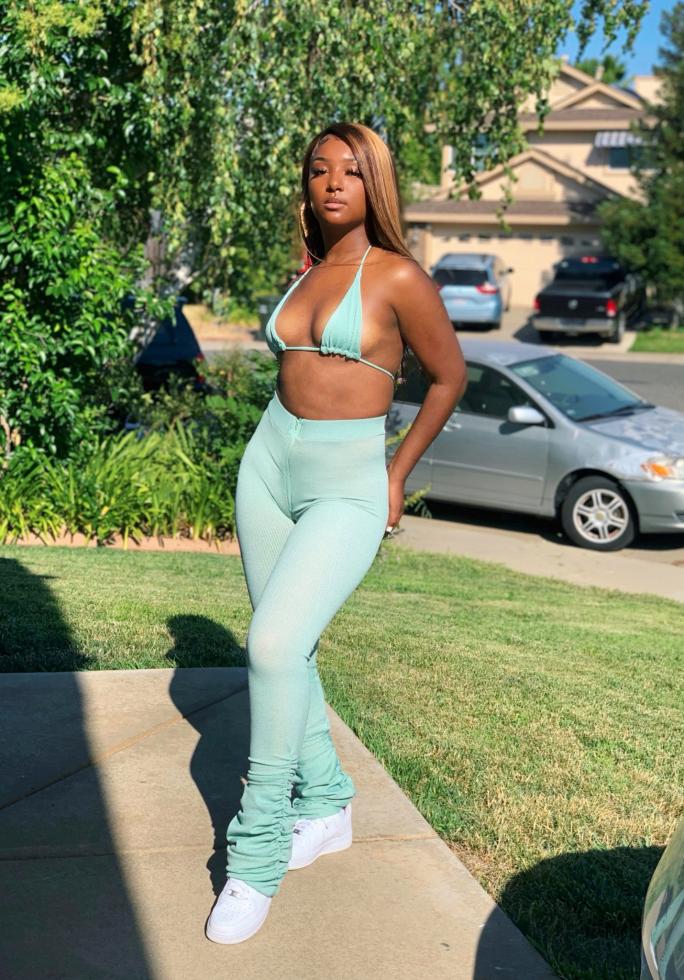
Becky Routh, founder of Beckinis, a handmade sustainable swimwear line in the Sacramento area, also wanted to do as much as she could to make her brand eco-friendly. “All the clothes we wear are made out of finite resources, made by people,” she says. “Especially with fast fashion, making so many things that you are going to wear one time and never … again … it’s so many resources (wasted). It’s the water, the carbon emission to get it to your house or to the store, the electricity it takes to make it. That happens every single time you buy a shirt. People forget it takes resources to make every single thing.”
Beckinis makes a limited supply of swimwear and is sold online.
The latest line sold out in 15 minutes. (Photo courtesy of
Beckinis)
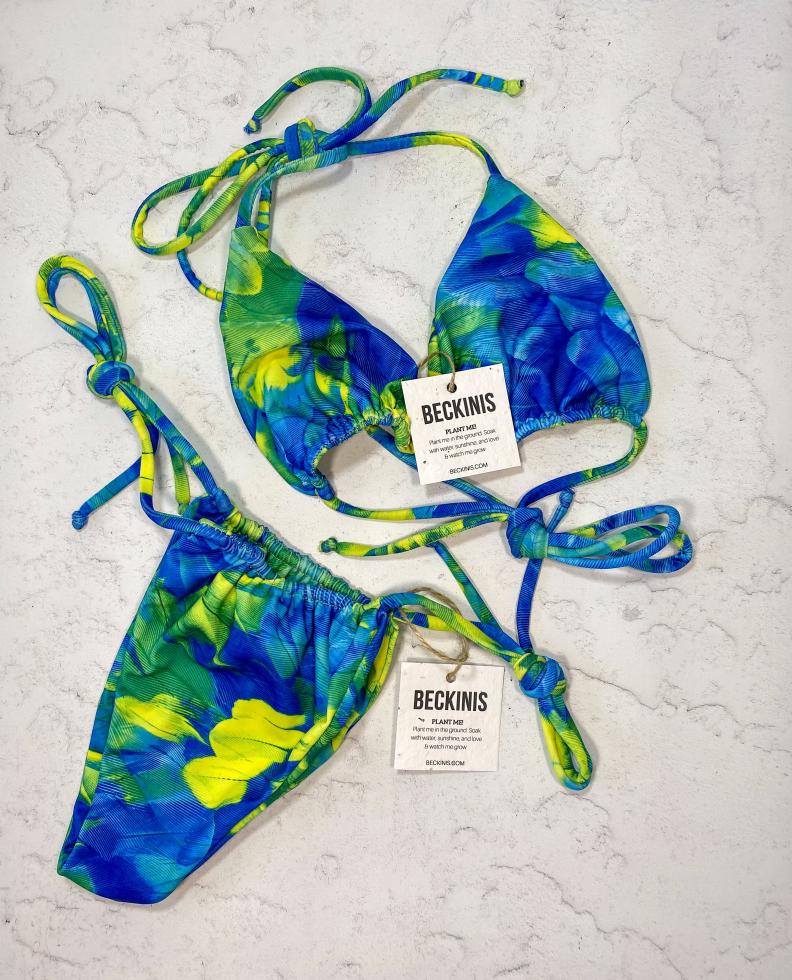
Routh advertises on Instagram and sells her products on her website. She uses compostable packaging, and even the tags are compostable, embedded with wildflower seeds, so customers can plant them and grow flowers. She uses her fabric scraps to make scrunchies to occasionally add into orders as a surprise for customers. Routh focuses on making swimwear that is “timeless” and high quality, to help reduce the amount of suits a consumer purchases, thereby reducing potential waste. With the three R’s — reduce, reuse, recycle — Routh says, “Everyone loves recycling and reusing, but no one really thinks about just reducing.”
Though one of Schneider’s goals is to have a storefront, she’s wary about opening one in Sacramento because she’s unsure if it would be profitable. Fashion boutiques selling sustainable fashion in Sacramento are scarce. According to Lacadia Johnson, owner of Cuffs Boutique, which has sold new and vintage clothing in Sacramento since 2004, the boutique carries only a few sustainable lines, although it is looking to have more in the future. Typically, Cuffs’ stock retails under $100, while the more detailed and fashionable sustainable pieces are around $150. But The411 and Beckinis sell their pieces for $35-$45.
Skylar Houze was inspired to make a sustainable clothing line
after learning about the billions of tons of fabric waste that go
into landfills. (Photo courtesy of The411)
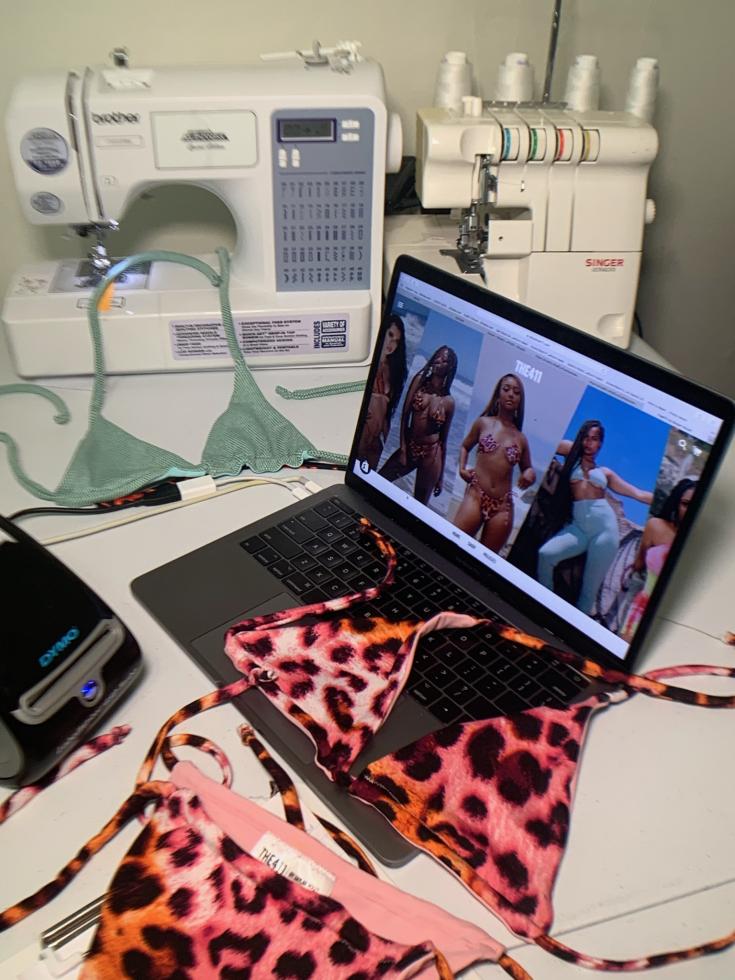
“If you want a way cooler wardrobe, you should shop locally or with small business online because all the work is so much more original,” Houze says. “Fast-fashion brands just rip off of work from already existing designers and just find a cheaper way to make them and sell them. If you just want a cooler wardrobe — way flyer pieces, way more unique pieces in your closet — shopping small and shopping local is definitely the way to go.”
—
Get all our Media Makers Project stories and more delivered to your inbox: Subscribe to the Comstock’s newsletter today!
Recommended For You

Dream Weavers
The husband-and-wife team of Ryan and Kat Huston has Huston Textile Company humming along
During summer months, 6-year-old Hazel keeps busy playing in the office of Huston Textile Company. It’s fitting that she should feel at home here — she is, after all, the inspiration for her parents’ textile milling business.

Savvy Business Moves
Black-owned businesses and their customers rally to stay afloat amid the pandemic and protests calling for social change
Many people have been actively promoting the patronization of Black-owned businesses as an act of social justice capitalism.

From Landscape Architect to Fashion Designer
How one Sacramento woman discarded the career advice of others to become her own boss
Amal Iqbal has years of experience with struggling to understand how work plays into her identity as a Muslim-American woman, and challenging cultural expectations when necessary. This experience informed her decision to launch her own business that incorporates fashion, interior and graphic design into one shop.
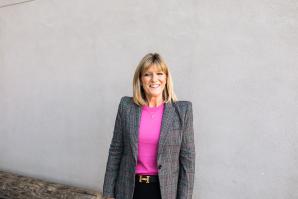
In Transition: From Retail to Closets
Debbie O’Hearn’s long career in the fashion industry leads to a business editing clients’ wardrobes
This former clothing buyer for Weinstock’s department stores in Sacramento has repurposed her sense of style for more intimate use: one-on-one fashion consulting in clients’ closets.



